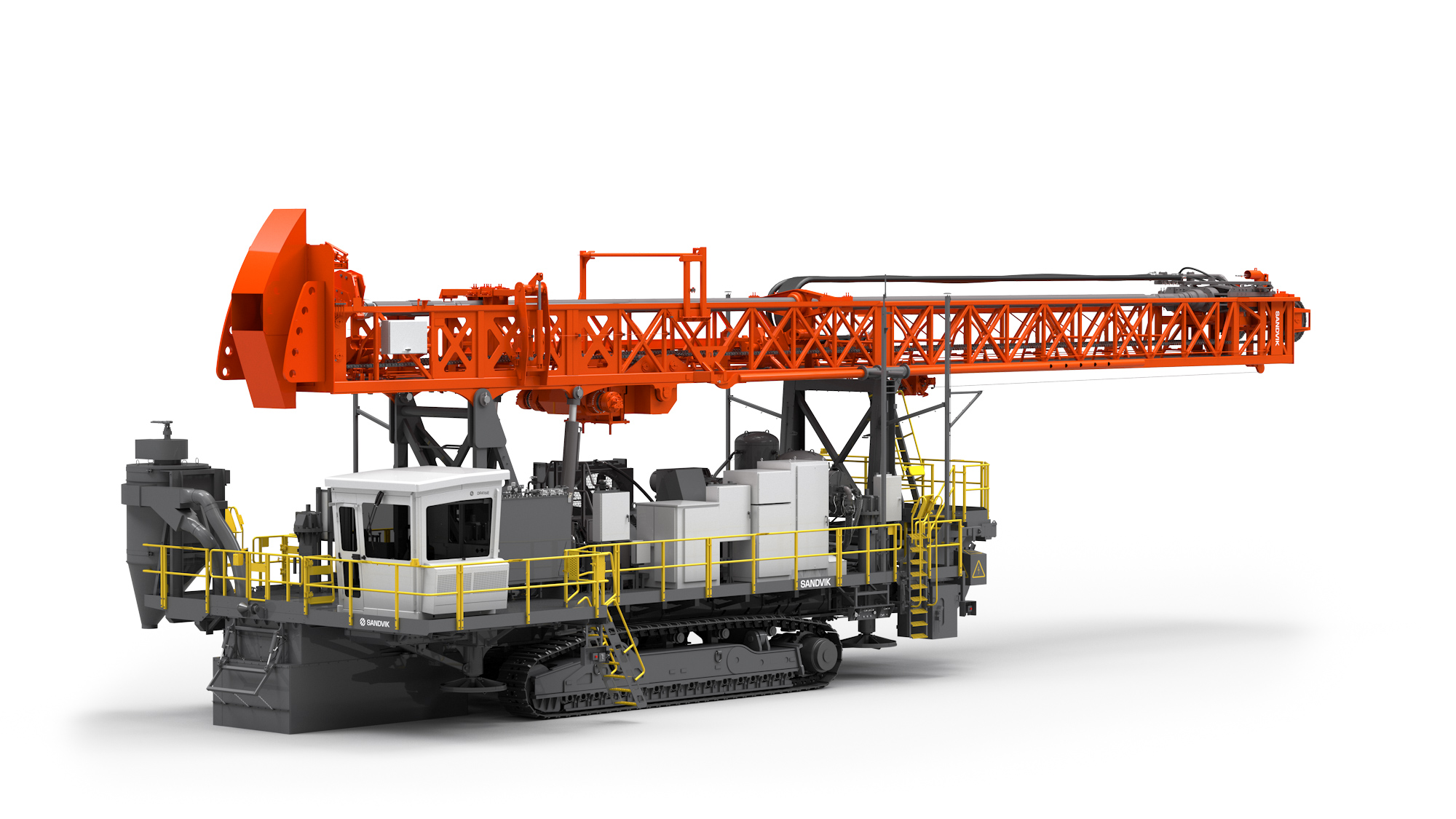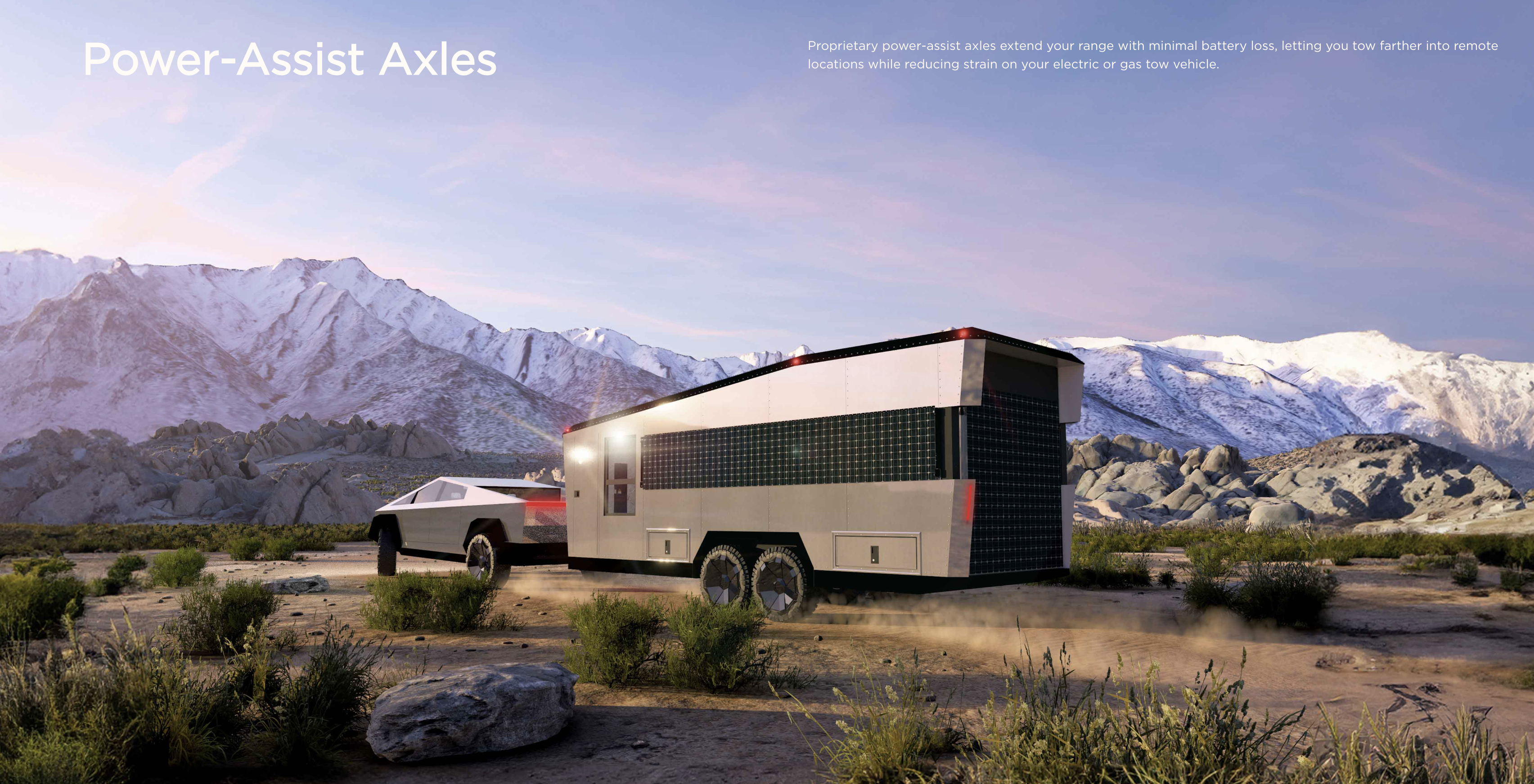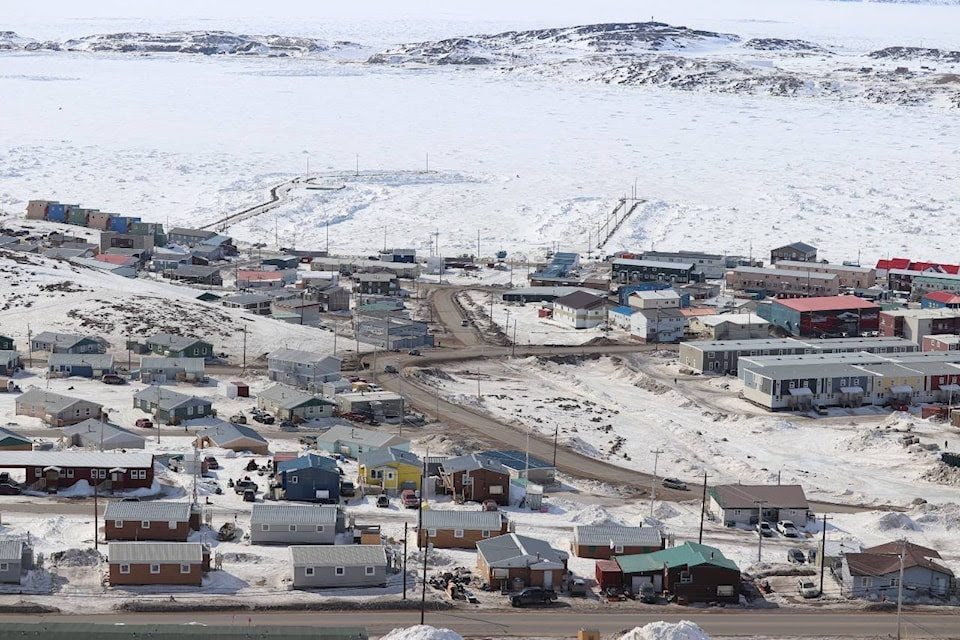
The town of Iqaluit, courtesy of Nunavut News
Reliability is king when it comes to producing electricity and heat in the north—not just Canada north, Arctic “beyond the wall” north.
Today, that reliability is almost exclusively supplied by diesel with few (if any) substitutes. While the world continues to think big on energy innovation, the solution for decarbonizing northern and remote communities might be smaller than you expect.
For remote communities, reliability comes first
In the more than 250 remote Canadian communities, including five permanent high-arctic military bases, diesel fuel is one of the only—if not the only—option for power and space heating. This makes these locations vulnerable to high costs, price volatility, and supply disruptions.
Context: Researchers from the University of Carleton estimate that these communities used over 680 million liters of diesel fuel in 2020, emitting some 1.8 million tonnes of carbon dioxide. That’s roughly 12 thousand barrels per day—more in winter, less in summer. And that’s not including the fuel consumed to transport the fuel by plane, ship or truck.
Diesel-powered remote communities in Canada (2018)
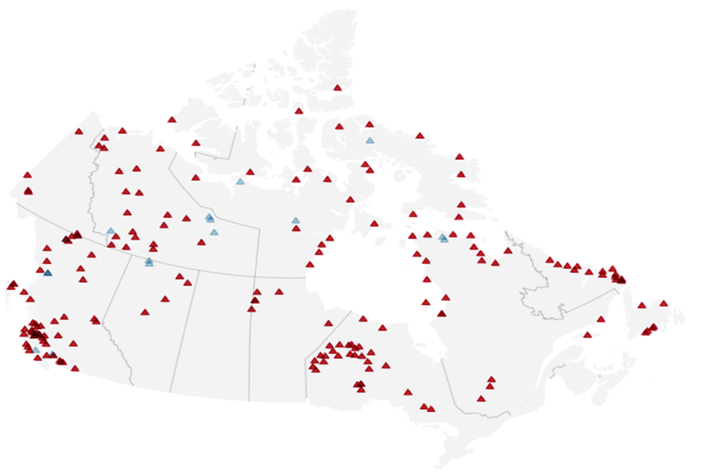
Remote and northern Canadian communities; graphic courtesy of the CBC; data courtesy of Natural Resources Canada
Finding low-carbon solutions isn’t easy
While some remote communities are working to install wind and solar to supplement their diesel use, those technologies can’t provide reliable power in the cold, dark, arctic winters. Critically, they also don’t produce heat.
Sometimes smaller is better: The other challenge is that many lower-carbon alternatives for heat and electricity are actually just too big to be economic. For communities that need less than 1 megawatt of capacity, installing a standard 300-megawatt small modular nuclear reactor or natural gas plant is beyond overkill.
Annual Nunavut electricity production by community, excluding Iqaluit (2017)
megawatt-hours per year
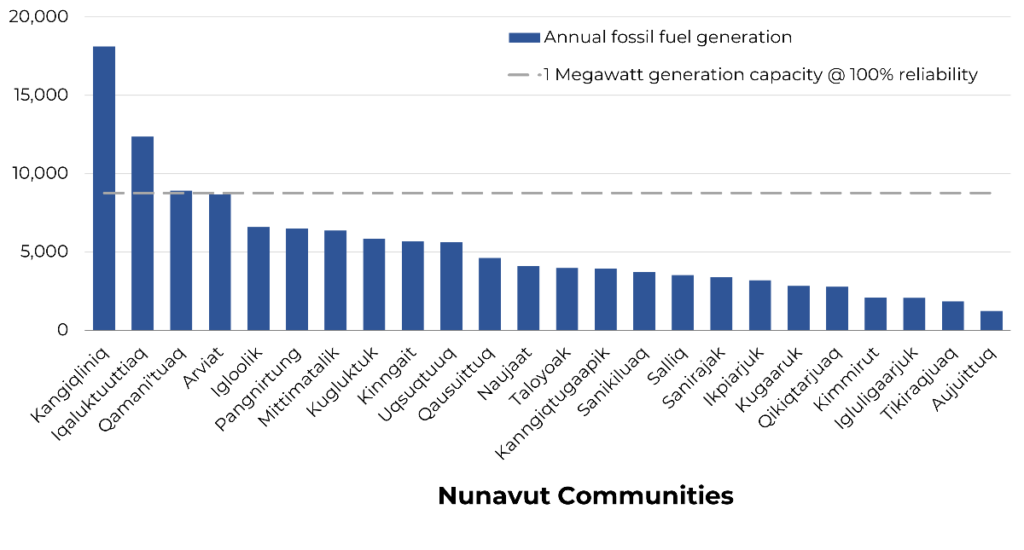
Courtesy of Dunedin Energy Systems, data by Natural Resources Canada
Honey, I Shrunk the Kids Reactor
A new era of nuclear reactors is being developed that could help remote communities through the energy transition without sacrificing reliability: microreactors.
Compared to small modular reactors, which are classified as producing up to 300 megawatts, microreactors are typically 10 megawatts in size or less. They can get to be as small as 600 kilowatts. This makes them ideal for providing clean, stable, load-following electricity and heat for small, remote communities.
- For comparison, a typical wind turbine produces 2 to 3 megawatts of electricity.
Their status: Microreactor technology is still being commercialized and many developers are battling through detailed regulatory processes. But if deployed, they have the potential to free up community resources to support other pressing social needs such as housing or social programming.
Zoom out: When it comes to innovation and energy transition, sometimes bigger isn’t always better. The Government of Saskatchewan announced late last year it would fund the provinces first microreactor for study with plans to use Westinghouse’s eVinciTM microreactor.
+Interactive climate map: Climate Atlas: Map of “Very Cold” Days in Canada
+Additional resources: Dunedin Energy System MicroReactor
This article was written in collaboration with Dunedin Energy
Share This:

